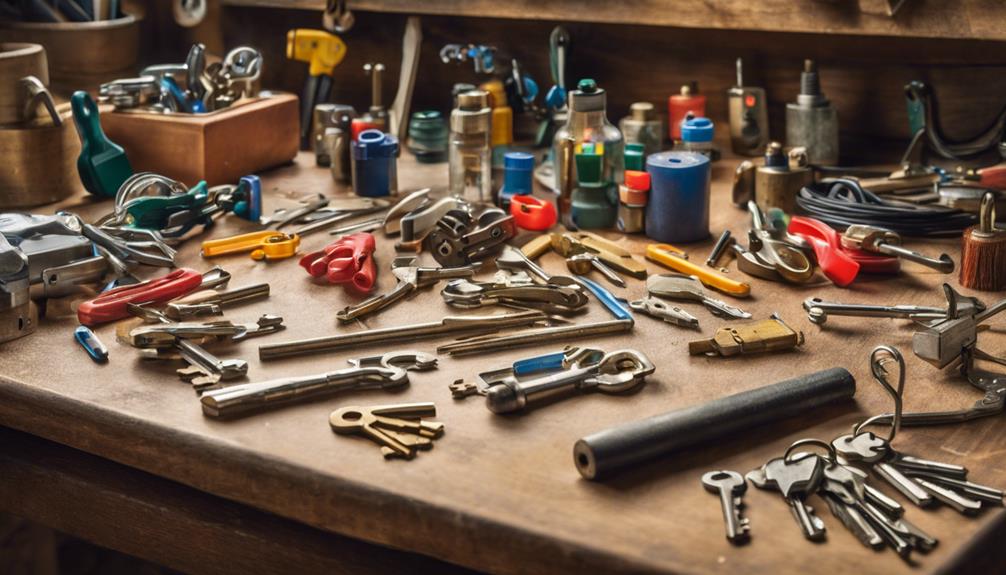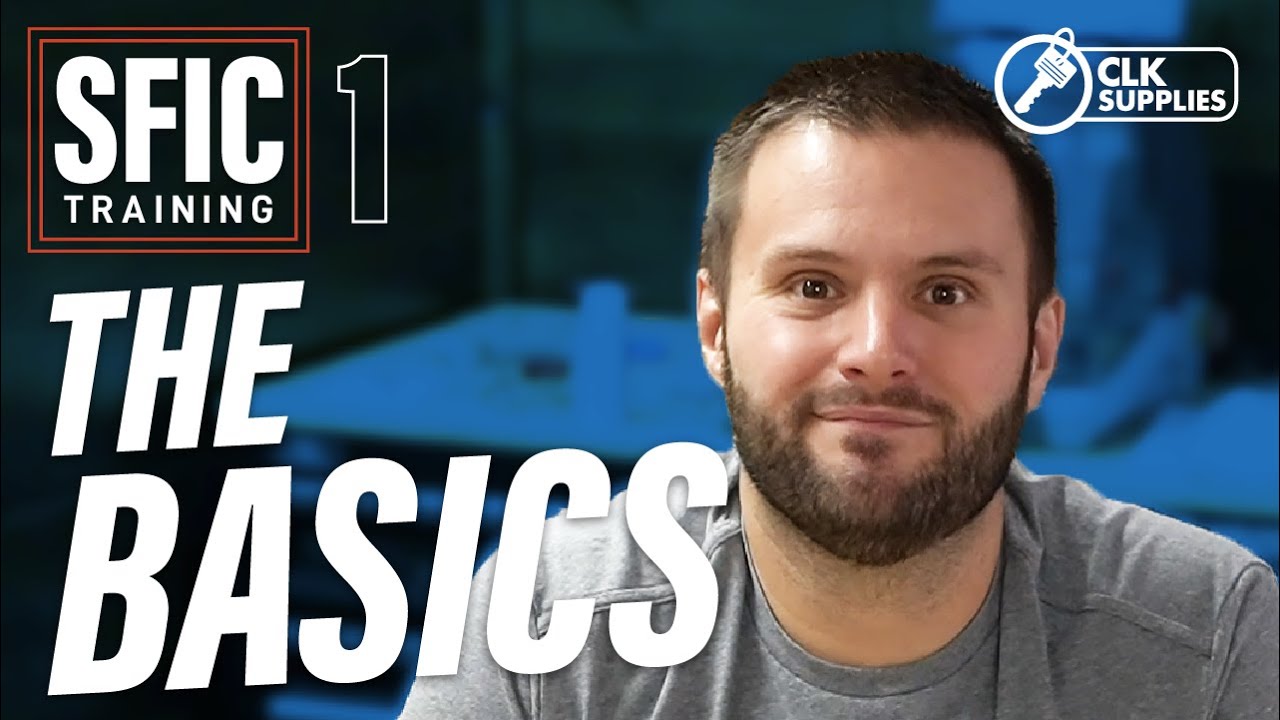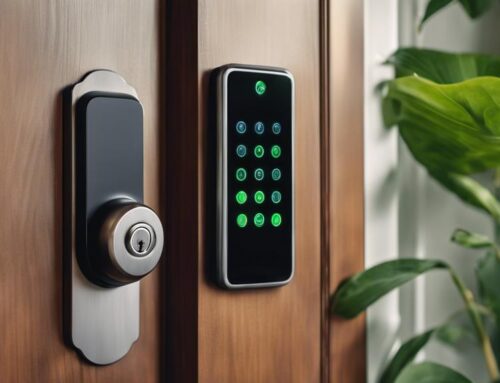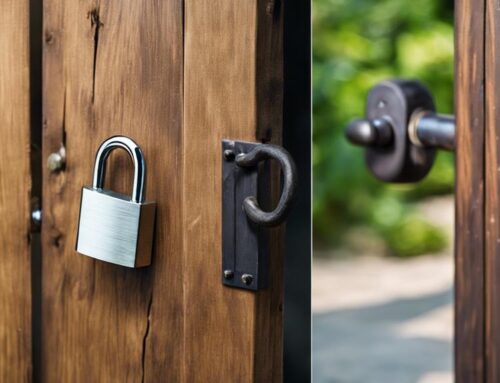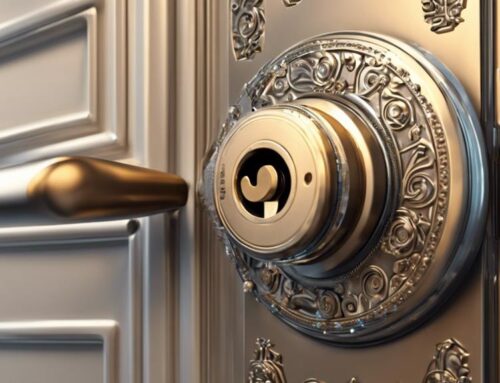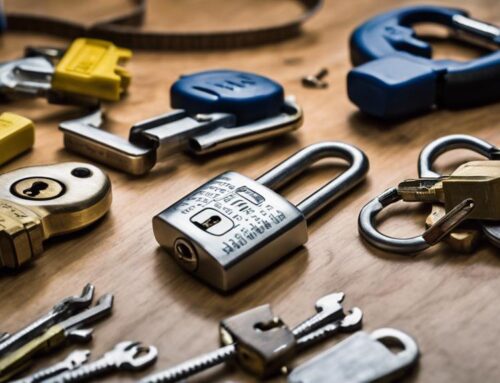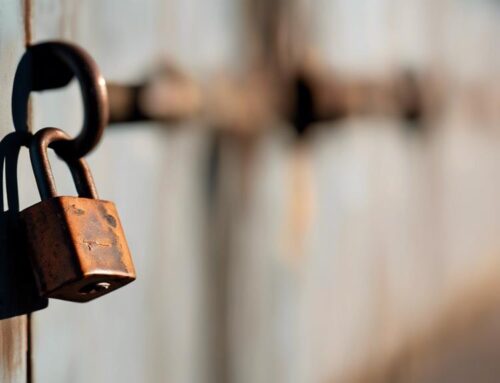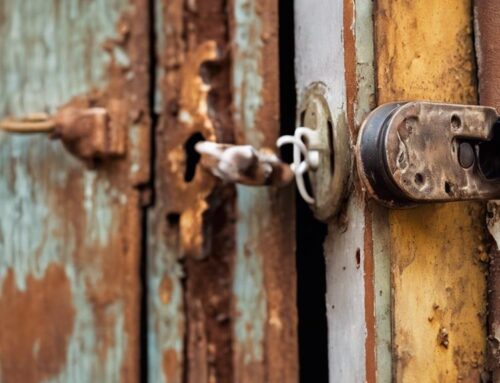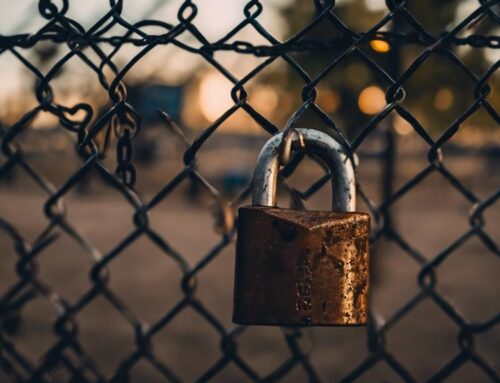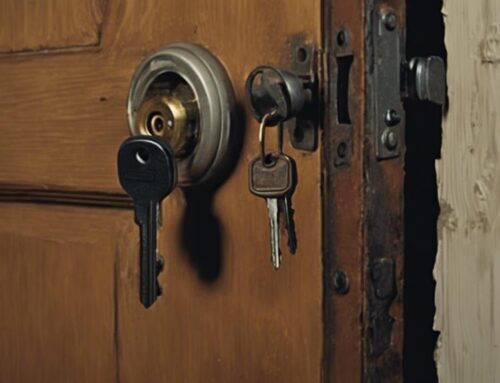When choosing a lock re-keying kit, start by checking its compatibility with your specific lock brand and type. Look for kits that include essential tools, as they can make the process smoother. Versatility is key, so opt for kits that handle various lock types. Make sure the kit comes with clear instructions for ease of use. Durability matters too; you want a kit that lasts. Finally, explore brands like Kwikset, Schlage, and Master Lock, which are known for quality. If you want insights on honing your re-keying skills, there's more to uncover that can boost your confidence.
Key Takeaways
- Ensure compatibility with your specific lock brand and type for effective re-keying.
- Look for versatility in the kit to handle various lock types and enhance utility.
- Choose a kit that includes essential tools like followers and key gauges for improved efficiency.
- Read customer reviews to gauge the performance and durability of different re-keying kits.
- Opt for user-friendly kits with clear instructions to make the re-keying process accessible for beginners.
Understanding Lock Re-keying
Lock re-keying is a practical solution for enhancing your security without replacing the entire lock. Understanding the essential tools for lock re-keying can further improve your efficiency and effectiveness in this process.
If you're looking to serve your community or clients better, understanding how this process works can make a significant difference. When you re-key a lock, you change the internal pins, allowing a new key to operate it while rendering the old key useless. This is especially useful when you want to guarantee that only trusted individuals have access to certain areas.
To choose the best rekeying kit, consider your specific needs and the types of locks you frequently work with. Reading lock rekeying kit reviews can provide valuable insights into the most reliable products on the market.
Look for kits that are user-friendly and come with clear instructions, as this will help you serve others more effectively. In addition, pay attention to the included tools and compatibility with different lock brands.
Key Features to Consider
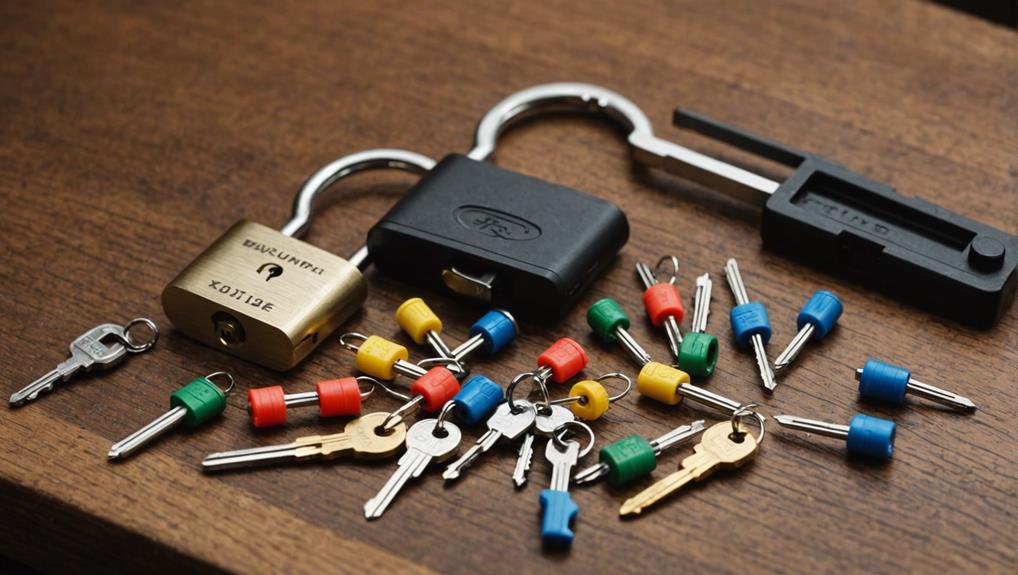
When selecting a re-keying kit, focus on key features that will enhance your experience and efficiency. First, consider the compatibility of the kit with your locks. You'll want to make certain that it works with the specific brand and type of locks you have. Many DIY rekeying kits come with multiple options, so check for versatility.
Additionally, some kits may offer specialized tools designed for various lock types, which can improve your overall success rate. Refer to this comparison of DIY options to understand the differences better.
Next, look for ease of use. A good kit should include clear instructions and all necessary tools, making the process straightforward even for beginners. If you're buying a rekeying kit, consider one with color-coded pins or a visual guide to help you identify what you need quickly.
Durability is another important feature. Choose a kit made from high-quality materials, as this will guarantee longevity and reliability.
Top Re-keying Kits Overview
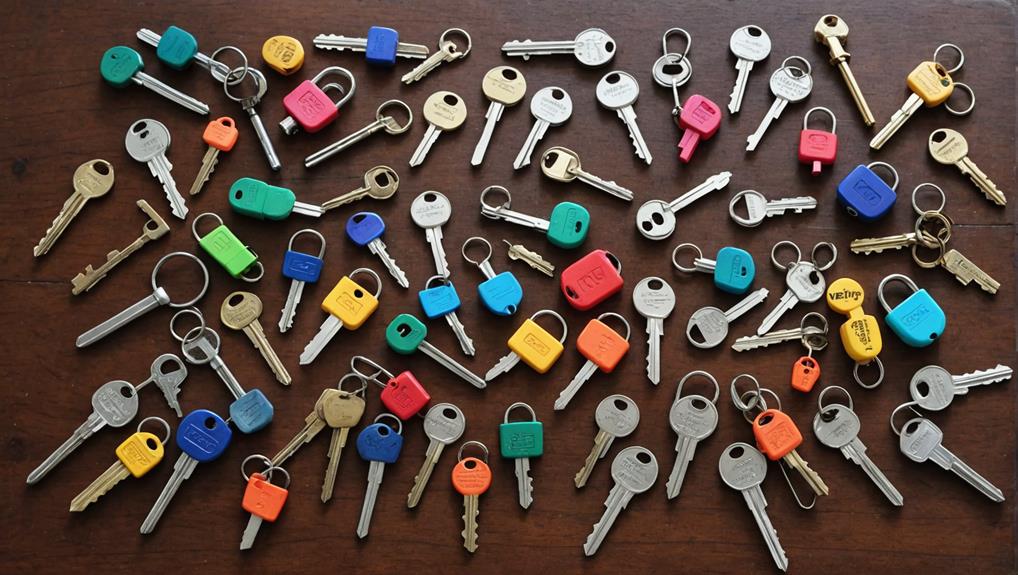
Re-keying kits can be a game changer for anyone looking to enhance their home security without the expense of hiring a locksmith.
Understanding lock re-keying is essential, as it allows you to change the internal configuration of your locks, rendering old keys useless. When choosing a kit, you'll find several top options that cater to different needs and preferences.
One popular choice is the Kwikset Re-Keying Kit, which comes with everything you need for easy re-keying of Kwikset locks. Its user-friendly design allows you to quickly adapt your locks, making it a great option for those who want to serve others by ensuring their homes are secure.
Another significant option is the Schlage Re-Keying Kit, known for its durability and compatibility with a variety of Schlage locks. This kit empowers you to take charge of your security, ensuring that your loved ones feel safe in their surroundings.
Lastly, the Master Lock 141T Re-Keying Kit is versatile and designed for various lock types, making it an excellent choice for those who want flexibility and convenience.
Pros of DIY Re-keying Kits
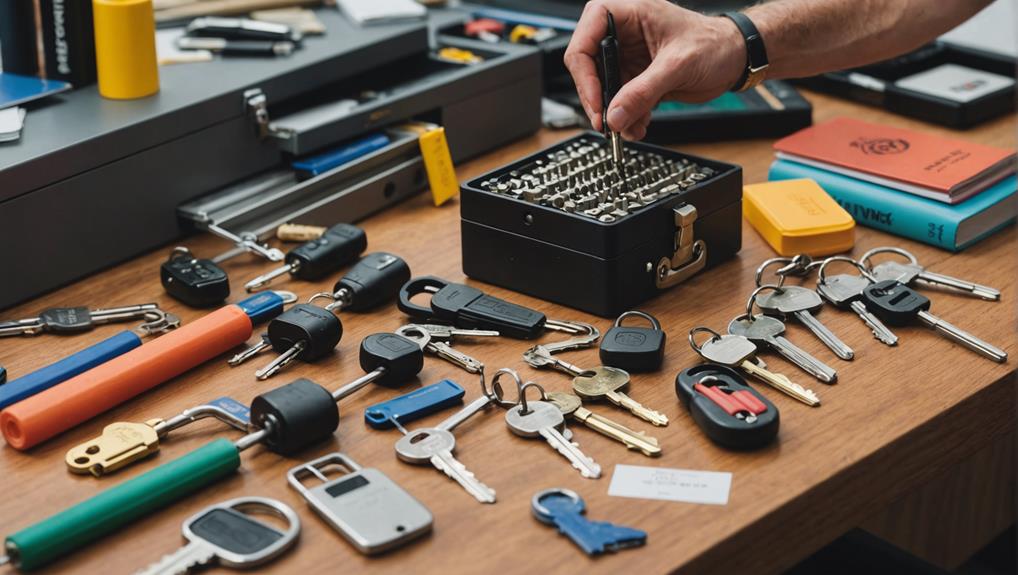
Opting for a DIY re-keying kit offers numerous advantages that can simplify your home security efforts. First and foremost, you gain control over your home's security by re-keying locks yourself, ensuring that you're the only one with access. This is especially valuable if you've recently moved or lost a key, as it allows you to feel secure without the wait for a locksmith.
Many people find that the benefits and challenges of DIY lock re-keying can influence their decision, helping them weigh their options effectively.
Additionally, DIY kits are often more cost-effective than hiring a professional. You can save money while gaining a sense of accomplishment from completing the task yourself. Many kits come with clear instructions and all necessary tools, making it accessible even for beginners.
Furthermore, re-keying your locks can be a rewarding way to serve your loved ones and community. By ensuring your home is secure, you create a safer environment for family and friends.
Plus, you can share your knowledge with neighbors, empowering them to take similar steps in protecting their homes.
In this way, DIY re-keying kits not only enhance your personal security but also foster a culture of safety within your community. So, taking the initiative can truly make a difference!
Cons of DIY Re-keying Kits
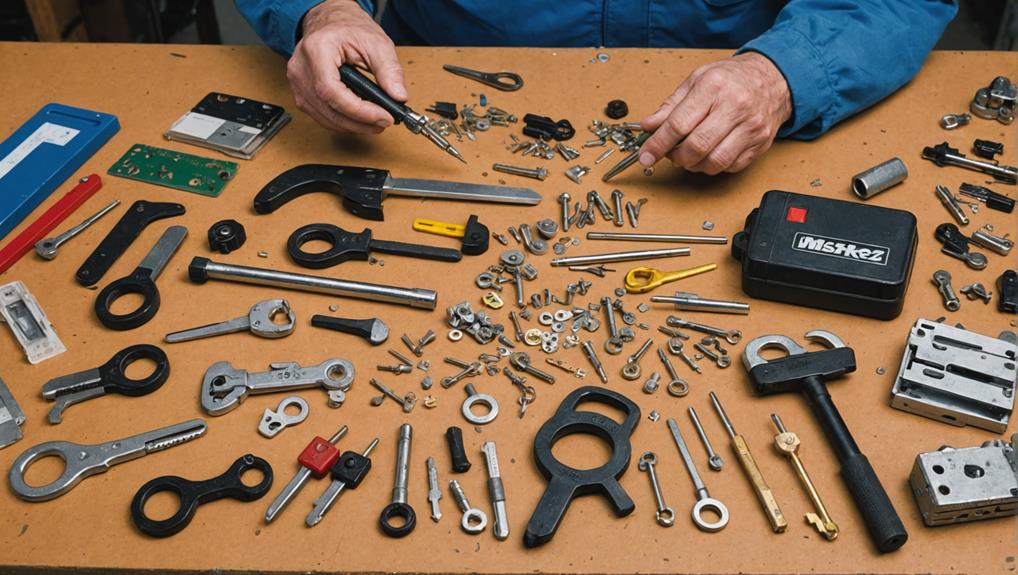
While DIY re-keying kits offer appealing benefits, there are notable drawbacks to evaluate. First and foremost, the process can be quite complex, especially if you're not familiar with lock mechanics. Misunderstanding the instructions or using the wrong tools can lead to frustration and even damage your locks, resulting in additional costs for repairs or replacements.
Additionally, many people overlook common errors made during lock re-keying, which can compound these issues and leave you with a less secure lock.
Moreover, you may not achieve the level of security that a professional locksmith provides. When you're re-keying a lock, precision is key; a slight misalignment can leave your home vulnerable. If you're serving others, ensuring their safety should be a top priority, and DIY kits may not always deliver that peace of mind.
Additionally, you mightn't have access to all the necessary components for every type of lock you encounter. This limitation can hinder your ability to provide a thorough service, leaving some locks unaddressed.
Lastly, consider the time investment. DIY re-keying can require a significant amount of effort, which might detract from your ability to serve others efficiently.
Weigh these cons carefully before deciding to take the DIY route, as the safety of those you serve is paramount.
Detailed Kit Comparisons
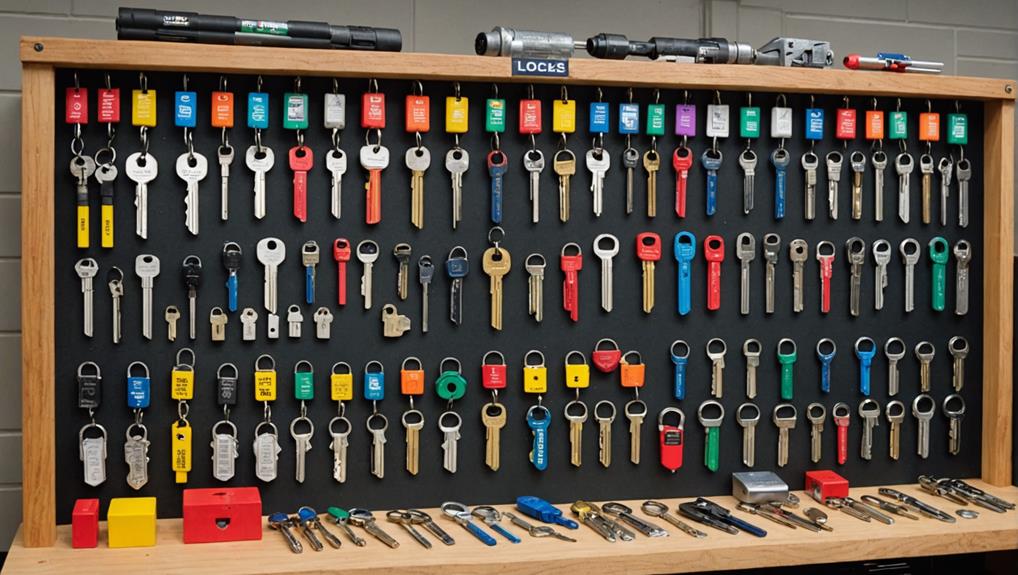
When considering DIY re-keying, it's important to explore the various kits available on the market. Each kit comes with its own set of features, tools, and compatibility options, so you'll want to identify what best meets your needs.
Many professional locksmiths utilize essential tools that can enhance the re-keying process and guarantee better outcomes.
First, look at the number of pins included. Some kits offer more pins, which can be beneficial if you're re-keying multiple locks.
Next, consider the included tools; a good kit should have a follower, a plug spinner, and a key gauge. These tools will make your re-keying process smoother and more efficient.
Also, think about the compatibility of the kit with your locks. Some kits are designed for specific brands, while others claim universal compatibility. If you serve a variety of clients or handle different lock types, a universal kit might be more advantageous.
Lastly, pay attention to customer reviews. They can provide insight into the long-term durability and ease of use of the kit.
Recommended Brands to Explore
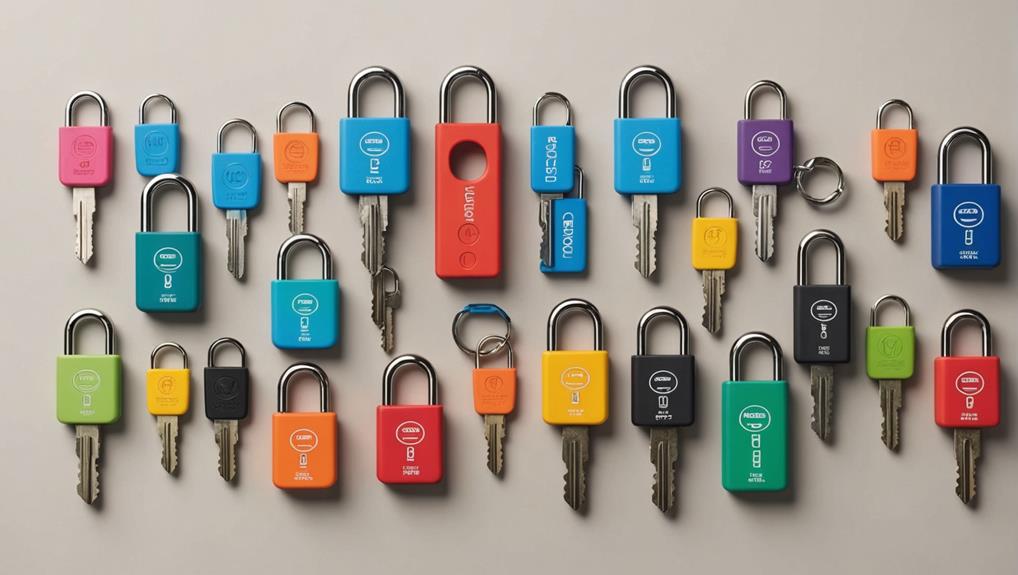
As you immerse yourself in the world of re-keying kits, you'll want to check out some reputable brands that stand out for their quality and performance.
One such brand is Kwikset, known for its user-friendly products and thorough kits. Their re-keying kits simplify the process, making it easier for you to help others secure their homes and take advantage of the advantages of re-keying locks instead of replacing them.
Another brand to take into account is Schlage, which offers durable and reliable kits. Schlage's products not only provide excellent security but also come with clear instructions, ensuring you can assist those in need with confidence.
If you're looking for versatility, consider the Master Lock brand. They offer a range of kits that cater to different needs, making them an excellent choice for various lock types.
Their kits are designed to be intuitive, which is perfect for both beginners and experienced DIYers.
Tips for Successful Re-keying
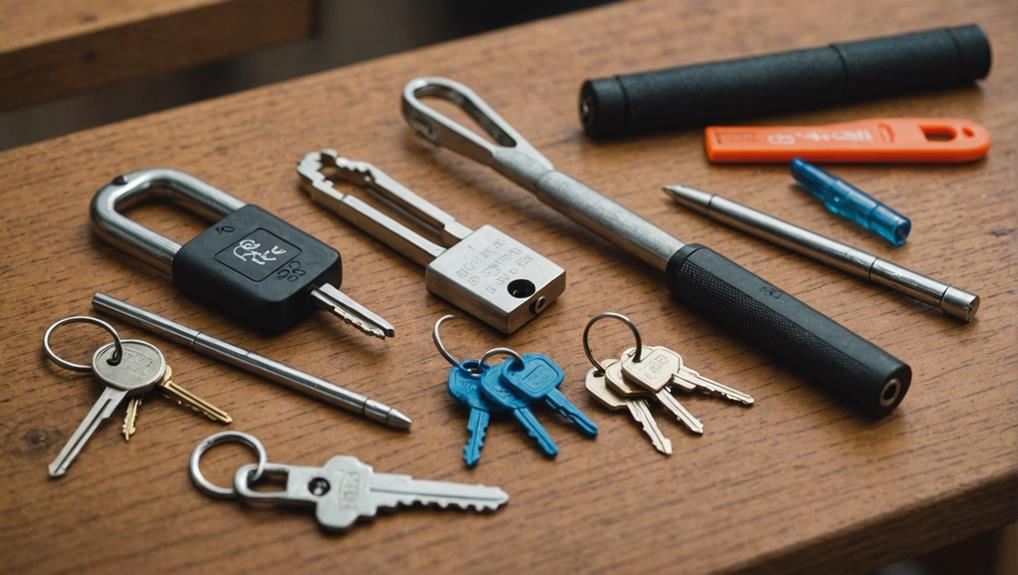
To successfully re-key a lock, you need to understand its mechanism and how it operates. Familiarize yourself with the components of the lock, such as the pins and springs, as this knowledge will aid in the re-keying process.
Make certain you select the right tools for the job, as having the proper equipment can make a big difference. For instance, using a lock re-keying kit specifically designed for your lock type can enhance your efficiency and accuracy.
Understand Lock Mechanism
Understanding the lock mechanism is vital for successful re-keying. When you grasp how locks operate, you'll be more effective in serving others by guaranteeing their security needs are met.
Here are three key components to take into account:
- Pins and Tumblers: Most pin tumbler locks use a series of pins that align with a specific key. Knowing how these pins work helps you select the right key cuts.
- Keyway: Each lock has a unique keyway that determines which keys can operate it. Familiarizing yourself with the keyway allows you to choose compatible re-keying kits.
- Cylinder: The cylinder is the core of the lock mechanism. Understanding how to remove and replace it's vital for a successful re-keying process.
When you take the time to learn about these components, you'll feel more confident tackling re-keying projects for yourself or others.
Not only will you guarantee a secure environment, but you'll also empower those around you by enhancing their safety.
Select Right Tools
Selecting the right tools is essential for successful re-keying, and you'll often find that having the right equipment makes the entire process smoother. Start with a high-quality re-keying kit that includes various pins, a plug follower, and a compatible key gauge. Make sure the kit matches your specific lock type.
You'll also need a screwdriver set to remove the lock from the door. A pair of tweezers can be handy for handling small pins and springs, while a flashlight helps illuminate hard-to-see areas during the re-keying process. It's wise to keep a small container or tray nearby to hold loose parts, preventing them from getting lost.
In addition, consider investing in a lock pick set if you encounter a stubborn lock. While this may not be necessary for everyone, it can provide you with more options if you're assisting others in securing their homes.
Practice Re-keying Techniques
Practicing re-keying techniques is essential for mastering the skill and ensuring accuracy. By honing your abilities, you'll be better equipped to serve others effectively, providing them with enhanced security and peace of mind.
Here are three tips to help you succeed:
- Use Dummy Locks: Start with a few dummy locks to practice on. This way, you can familiarize yourself with the re-keying process without the pressure of working on a client's lock.
- Follow a Step-by-Step Process: Always stick to a clear and consistent procedure. Disassemble the lock, remove the old pins, replace them with the new ones, and reassemble. This approach minimizes errors and builds confidence.
- Seek Feedback: If possible, practice alongside someone experienced in re-keying. Their insights can help you refine your technique and avoid common pitfalls.
Maintenance After Re-keying
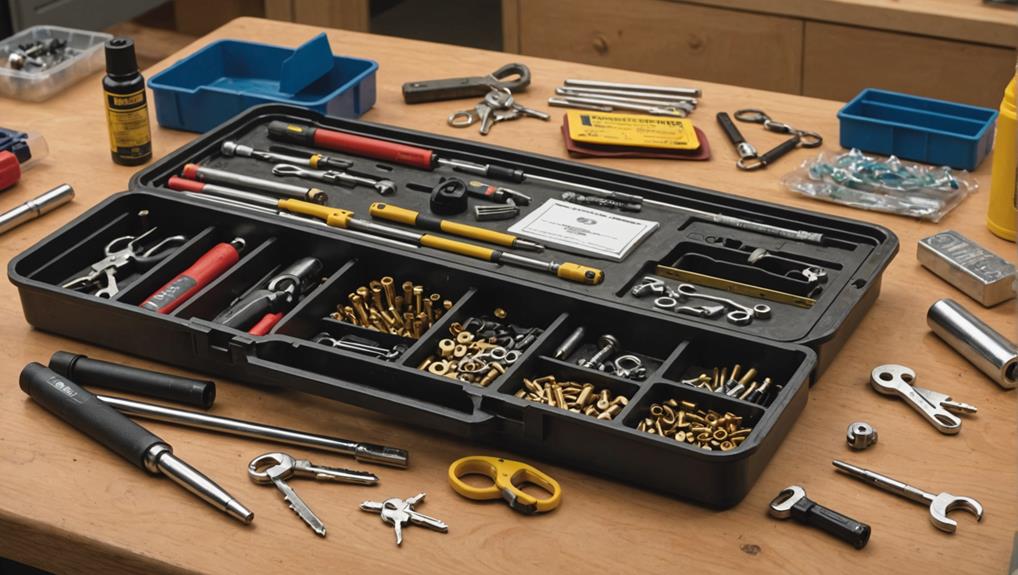
Maintaining your locks after re-keying is essential to guarantee their longevity and functionality. The re-keying process alters the internal components of the lock, such as pins and tumblers, which can impact how smoothly the lock operates.
Regular upkeep guarantees that your newly re-keyed locks operate smoothly and securely, serving you and those you care for.
Start by keeping your locks clean. Dust and debris can accumulate, so wipe them down with a soft, dry cloth. If you notice any stubborn grime, a small amount of lubricant can help—just make sure it's designed for locks to avoid damaging the mechanism.
Next, periodically test each key to confirm it operates smoothly. If you find any sticking or difficulty, it may indicate that a pin is misaligned or there's another issue to address.
Additionally, understanding the re-keying process can help you recognize any potential problems.
Don't forget about the door itself; make sure it's aligned properly with the strike plate to minimize wear on the lock. If you're using the lock consistently, consider lubricating it every few months, applying a graphite-based lubricant rather than oil to prevent gumming.
Frequently Asked Questions
Can I Use a Re-Keying Kit on Any Lock Brand?
You can't use a re-keying kit on just any lock brand. Each brand often has its own specific mechanism and key design, so compatibility is key.
It's best to check if the kit matches your lock's brand and type. If you're serving others, ensuring you have the right tools for their locks will save time and frustration.
Always read the kit's instructions and verify compatibility before starting your project.
How Often Should I Re-Key My Locks?
Re-keying your locks is like giving your home a fresh start.
You should consider re-keying whenever you've moved into a new place, lost a key, or experienced a security breach.
It's a good idea to do it every few years, especially if you frequently have guests or service people entering your home.
Keeping your locks updated not only protects your space but also guarantees peace of mind for you and those you serve.
Are Re-Keying Kits Suitable for Commercial Locks?
Re-keying kits can be suitable for commercial locks, but it really depends on the lock type.
You'll want to guarantee the kit matches your specific lock brand and model.
If you're working with high-security or complex systems, it might be better to consult a professional.
Do Re-Keying Kits Include Instructions for Beginners?
Yes, most re-keying kits come with clear instructions designed for beginners.
You'll find step-by-step guides that make the process easy to follow, ensuring you feel confident tackling the task. These kits typically include illustrations and tips to help you understand each step.
If you're keen to enhance your skills and serve others by improving security, this DIY approach can be both rewarding and practical for your needs.
What Tools Do I Need Besides the Re-Keying Kit?
Besides your re-keying kit, you'll need a few essential tools.
Grab a pair of pliers to hold small parts, a flathead screwdriver for prying open locks, and a Phillips screwdriver for removing screws.
A flashlight helps you see into tight spaces, while a cloth keeps your workspace clean.
With these tools in hand, you're ready to tackle re-keying with confidence, ensuring you can serve others with secure and functional locks.
Conclusion
Re-keying your locks can save you money and enhance your home security. Did you know that nearly 30% of burglaries involve unforced entry, often through easily accessible locks? By choosing the right re-keying kit and following the tips provided, you can take control of your home's safety. Whether you opt for a DIY approach or hire a pro, re-keying is a smart move for protecting what matters most. So gear up and secure your space today!

